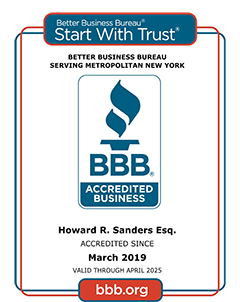Construction is a dangerous profession. People can make tiny mistakes that result in a person falling or a trench collapsing. Workers can easily contribute to their own injuries through oversights and shortcuts on the job, but even those who prioritize their own safety could still get hurt.
There are many elements on a construction site that are outside of the control of individual employees, such as the weather and the machinery they must utilize. Heavy machinery that fails could cause any number of issues.
An excavation machine that fails to make a noise when backing up could crush a worker unaware of its approach. A crane with a catastrophic failure could drop heavy equipment hundreds of feet. Who is responsible when machinery malfunctions lead to injuries at a construction site?
The employer may be responsible
Some construction companies own their own equipment. If your employer is one who owns and therefore maintains the equipment that failed, they may be liable for the injuries that resulted when the machinery fails.
Especially if other professionals in the field would agree that the maintenance or upkeep of the machinery was inadequate to ensure the safety of the workers employed by the company, the business itself could be liable for their negligent maintenance practices.
The manufacturer or rental company could be at fault
Many construction companies arrange short-term rentals for the various pieces of equipment and machinery they need for different projects. This approach allows them to have all the tools that they need without the massive investment of a purchase and then the constant maintenance necessary to keep that machinery in perfect operating condition. A rental company could easily be at fault if they didn’t perform adequate maintenance on the machinery.
Sometimes, the issue that causes a mechanical failure isn’t a result of maintenance but rather poor product design. For example, if a company designed a crane but did not factor in the power of high-speed winds, it might be at risk of tipping over in certain situations. Substandard materials or defects in a certain production batch of components could also lead to defective machinery going out to businesses and potentially injuring workers.
Recognizing when you may have grounds for a lawsuit after a construction injury, such as when a third party is to blame, can help you get the compensation that you need for your injuries.






